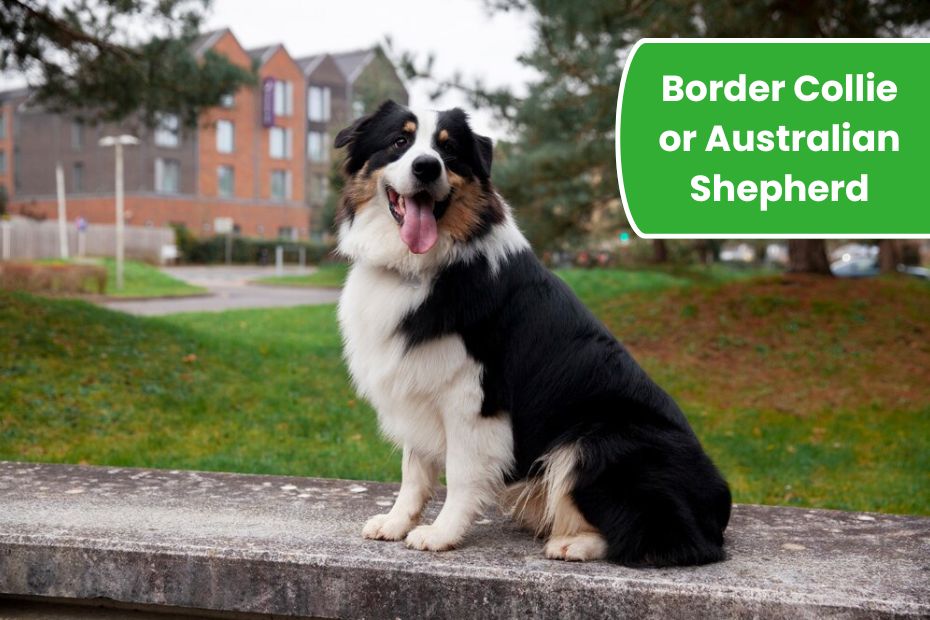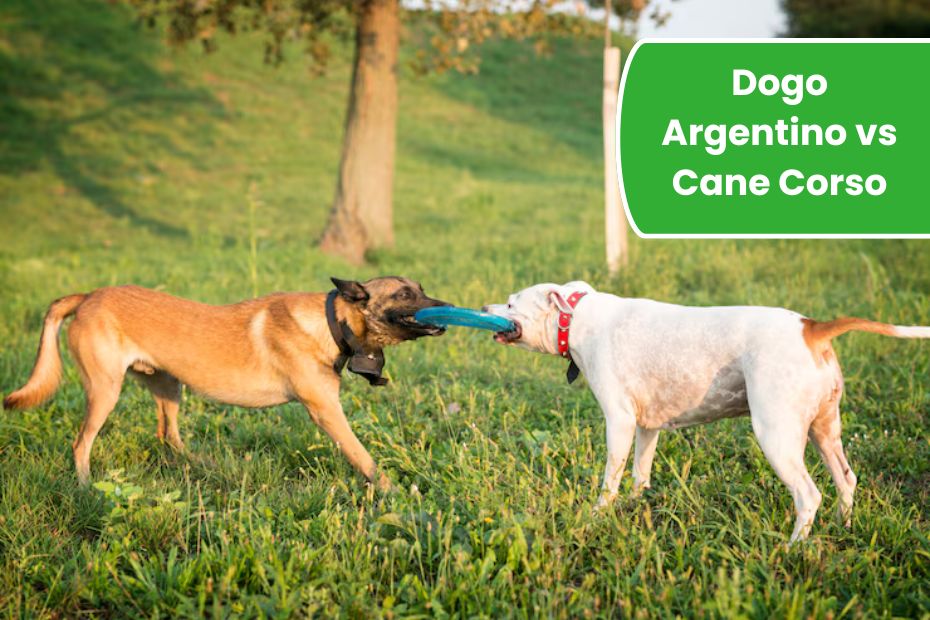Before you tick off each sign below, remember that happiness in dogs is measured by overall well‑being. Board‑certified veterinarians look for a stable combination of physical health, balanced behavior, and positive social interaction. A single indicator—like an occasional tail wag—doesn’t necessarily equal bliss; instead, experts assess patterns that hold steady over days or weeks.
1. Relaxed Body Language
A genuinely happy dog moves with loose, fluid gestures. Shoulders drop instead of stiffening, the back remains level, and paw placement is easy rather than tip‑toed. When you approach, the dog’s weight shifts forward in curiosity, not backward in caution. Vets often compare this to a person’s natural, unguarded posture when they feel safe and at ease.
Why it matters: Chronic tension can signal pain or anxiety. Early detection helps your vet rule out orthopedic problems, arthritis, or emotional stress.
At‑home check: Gently run your hand along your dog’s spine and shoulders while they stand. If muscles feel tight or flinchy, schedule a wellness exam.
2. A Mid‑Level, Wagging Tail
Tail position tells a story. According to veterinary behaviorists, a horizontal or slightly below‑level wag that sweeps in wide arcs generally indicates contentment. Very high tails paired with frantic wags can mean overstimulation, while low tucks often signal fear.
Pro tip: Tail signals must be read with the rest of the body. Look for a relaxed mouth and soft eyes to confirm the wag is friendly rather than frenetic.
3. Soft Eyes and Ears
Happy dogs have “soft eyes”: lids are relaxed, pupils normal in size, and the gaze shifts smoothly rather than staring tensely. Ears sit naturally—neither pinned back in fear nor pitched forward in hyper‑arousal. A slight eye squint (the “doggy smile”) is a hallmark that veterinarians note during routine check‑ups.
Vet insight: Persistent wide‑eyed vigilance or whale‑eye (seeing the whites) can signal discomfort, illness, or uncertainty—get a professional evaluation if you notice this regularly.
4. Healthy Appetite and Playfulness
Content dogs eat eagerly but not frantically, then show interest in interactive play. Veterinarians often use the “Appetite‑Energy Litmus Test.” A dog that eats well and recruits you into a game of fetch, tug, or chase usually feels good both physically and emotionally.
Watch for: Sudden drops in appetite, lethargy, or disinterest in favorite toys can be early signs of dental pain, gastrointestinal issues, or mood changes such as depression after a household disruption.
5. Normal Sleep Patterns
Adult dogs sleep 11–14 hours in a 24‑hour cycle, while puppies and seniors may clock more. A happy dog falls asleep easily, chooses restful spots near trusted humans, and wakes up alert but not edgy.
What vets check: Excessive pacing at night, whining, or dramatic shifts in nap lengths hint at arthritis, cognitive dysfunction, or unaddressed anxiety—all reasons to book an exam.
6. Social Engagement and Affection
From a vet’s viewpoint, the best evidence of happiness is a dog who seeks positive interaction without becoming clingy. They meet you at the door, lean in for scratches, or nudge a toy onto your lap—then settle calmly when playtime ends. This balanced sociability tells professionals that your dog feels secure and confident in their environment.
Red flags: Velcro‑dog behavior that escalates into destructive chewing or frantic barking when you leave signals separation distress, not joy.
Quick Reference Table of Happy‑Dog Signs
| Sign | What You’ll See | Why Vets Count It as Happiness |
|---|---|---|
| Relaxed posture | Loose limbs, level back | Indicates comfort & absence of pain |
| Mid‑level tail wag | Wide, easy sweeps | Shows friendly, confident mood |
| Soft eyes & ears | Gentle squint, neutral ears | Reflects low stress & trust |
| Healthy appetite & play | Eats well, initiates games | Signals robust health & optimism |
| Normal sleep | 11–14 hrs/day, restful | Suggests secure, low‑anxiety state |
| Balanced affection | Greets, cuddles, then relaxes | Demonstrates social satisfaction |
When to Be Concerned
Even one missing sign is worth monitoring. Veterinarians recommend keeping a simple log—date, unusual behavior, duration—so you have concrete data for your next check‑up. Early intervention often turns minor issues into quick fixes instead of chronic problems.
Conclusion
Every dog writes their own happiness story, but veterinarians agree on six universal chapters: relaxed body, calm tail, soft eyes and ears, healthy appetite with playful energy, restorative sleep, and balanced affection. If your dog checks most boxes most days, congratulations—those tail wags are genuine! If not, don’t panic. Your vet is your partner in transforming potential problems into new, tail‑thumping adventures.
FAQs
Q1. How long should I observe my dog before deciding they’re unhappy?
Most vets suggest watching for consistent changes over 7–10 days before drawing conclusions—unless the shift is sudden and severe, in which case call immediately.
Q2. Can certain breeds express happiness differently?
Yes. For example, Bulldogs have naturally short tails and may “wag” their entire back end instead. Always calibrate signs to your dog’s anatomy and breed tendencies.
Q3. Do older dogs show these signs the same way puppies do?
Older dogs often play less vigorously and sleep more, but they should still display relaxed posture, soft facial features, and willingness to engage at their own pace.
Q4. Is a wagging tail always a sign of happiness?
No. Context matters. A high, stiff tail with small, fast wags can indicate tension or aggression. Read the whole body.
Q5. What’s the quickest way to boost my dog’s happiness?
Combine daily mental stimulation (puzzle toys, training) with aerobic exercise tailored to their breed and age. Enrichment plus movement equals a happier, healthier dog.
4o


